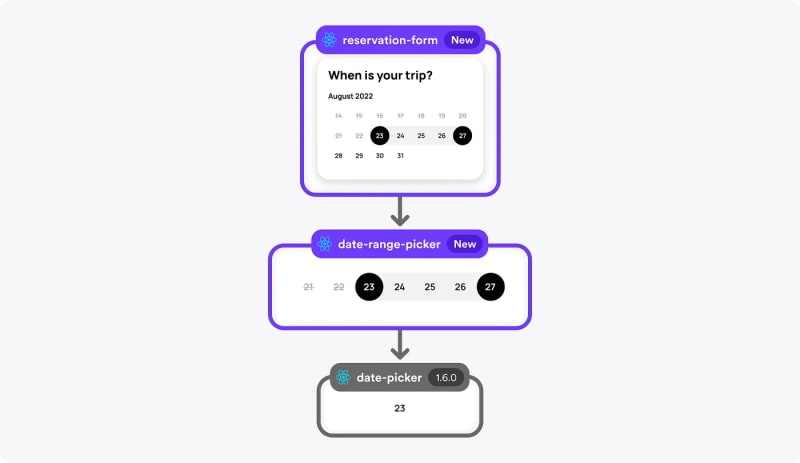This content originally appeared on DEV Community and was authored by Eden Ella
AI-driven software development leverages artificial intelligence to automate various stages of the software development lifecycle, such as automating code reviews and generating code. This enables developers to deliver software more quickly and efficiently.
While AI-driven software development offers many benefits, including faster code writing and improved code quality, it also has its drawbacks. It can introduce inconsistencies in development standards and practices, leading to code that is difficult to read, maintain, and debug.
If left unchecked, these inconsistencies can degrade software quality and negatively impact the user experience. To address these risks, developers limit the use of AI and ensure it operates under human supervision.
To further ensure quality, developers use additional tools and practices like fine-tuning large language models (LLMs) to a specific codebase and employing utility-based AI agents. These measures help ensure that AI-generated code aligns with the existing codebase and meets quality standards.
Recently, Bit Platform launched an AI assistant named “Hope AI.” This assistant helps developers generate new Bit components, edit existing ones, test and document components, and create change requests (similar to pull requests in Bit). This facilitates more effective collaboration among developers and helps them understand the impacts of their changes on the overall codebase.
Hope AI enhances your codebase's organization, efficiency, and consistency by reusing existing components. This reduces the risk of inconsistencies and prevents the code from becoming bloated and difficult to manage.
A decentralized codebase consisting of small, reusable components with clear interfaces, dependencies, and responsibilities provides an ideal platform for effective collaboration among humans and between humans and AI.
Like human developers, AI agents perform better when working with smaller, more focused components. Breaking tasks into smaller, manageable parts makes them easier to formulate and understand. The results are more accurate and reliable when tasks are executed modularly and incrementally, using existing components as building blocks whenever possible.
Learn More
This content originally appeared on DEV Community and was authored by Eden Ella
Eden Ella | Sciencx (2024-07-23T12:46:17+00:00) Designing Your Codebase for Optimized AI-Driven Development. Retrieved from https://www.scien.cx/2024/07/23/designing-your-codebase-for-optimized-ai-driven-development/
Please log in to upload a file.
There are no updates yet.
Click the Upload button above to add an update.






 blog.bitsrc.io
blog.bitsrc.io
